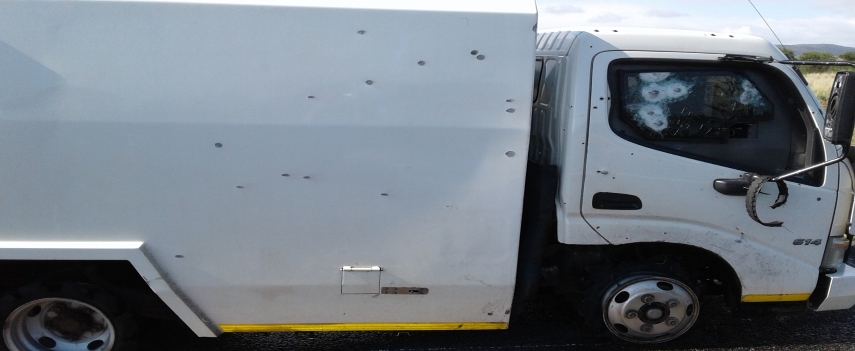Many South Africans are still reeling from the recent bout of Cash In Transit heists in and around Johannesburg. The violence is unspeakable, the targets are often left for dead, and although some arrests have been made, no real action has been taken to stop these attacks before they happen.
Whether considering the recently uncovered police involvement in the crimes, inside jobs or mob rings running the heists, more must be done to protect those who put their lives at risk to transport our money to and from banks, stores and ATMs.
According to private investigation, security and risk management expert, Kyle Condon, the various problems within the current system must be exposed. To his mind, maintaining the status quo will only lead to more losses – of life, limb and cash. “It is staggering to witness the obvious lack of training that the individuals transporting the cash have. They are expected to carry out this dangerous job without the adequate skills to avert danger and protect themselves – this is simply not acceptable,” says Condon, who is MD of D&K Management Consultants.
It is clear that the workers feel the same – with the National Cash in Transit sector strike taking place this week. “Not only are these employees not satisfactorily trained, but they are also transporting large sums of money in inferior vehicles that are built much the same as plain old bakery vans,” Condon says. “The vehicles are not properly maintained, they do not feature sufficient armour, and they put those who already have a target on their backs at even greater risk. Security companies employing the Cash In Transit security officers have a clear duty of care to ensure their officers’ safety – but it seems they are falling miserably short. What liability are these firms taking for the public often caught up, injured or killed in these heists?”
From an investigative point of view, Condon believes the police are falling short. Banks also seem to be cutting corners in terms of cash protection protocols. “Why is there so little investigation into where the explosives are coming from?” he asks. “When using explosives, how are the criminals getting into the vehicles without damaging the money inside? Unless it transpires that there was a police officer intimately involved in a heist (as was the case recently) there is also very little communication with the public about the nationality of the individuals who are caught for this crime. Where is the supposed dye that explodes in the bags when they’re stolen, rendering the money unusable?”
Condon firmly believes that these questions must be answered if this trend is to be curbed.
Condon concludes with his recommendations for changing the current approach, to thwart these attacks. “Surely we should consider providing adequate convoys and back-up vehicles to protect the three or four people in the Cash In Transit vans? This may add to the operational expense, but it will be far less damaging than the loss of funds and life when a vehicle is attacked. Another consideration is to use an armoured but unmarked car, making the target more difficult to trace. With predictable schedules, a lack of training and inadequately vetted staff who share sensitive information, every Cash In Transit trip is simply a ticking time bomb.”

